A variety of early reviews for Apple's new iPhone 8 & 8 Plus sought to dismiss the latest models as already "obsolete" in the face of the upcoming iPhone X. Many of their concerns focus on the idea that buyers really want an all-new design. They're wrong, here's why.
Veiled hate for iPhone 8
Scott Stein of CNET complained that the new phone had a "pedestrian design" and was "essentially the iPhone 7S.'"
Nilay Patel of The Verge echoed that sentiment in listing of cons that included a "design falling behind" and that it "lacks [the] exciting notch controversy" of iPhone X.
For Business Insider, Steve Kovach wrote that iPhone 8 "has a curious place in Apple's new iPhone lineup that I can't quite figure out," stating that it was only "a short step below the X." (It is actually $300 less expensive.)
Geoffrey Fowler, writing for The Wall Street Journal, dismissed Apple's newest model with the most contempt in his conclusion that "Apple's confusing iPhone family now includes three pairs of practically identical phones: the regular and Plus versions of the iPhone 8, 7 and 6s. Don't buy the spendiest one."
The idea that there's no sense in buying a product that looks familiar is bizarre. After all, in the history of smartphones the most popular and loyal buyers were initially fans of RIM's Blackberry. They bought it not because it had a nice design or one that changed each year, but because it was familiar, easy to use and worked with their company's messaging system.
Conversely, despite coming out on diverse new case designs from its licensees each year, Microsoft's old Windows Mobile never developed a sizable following of loyal buyers. On the other hand, Microsoft has attracted tremendous loyalty for its Xbox gaming platform, which across the last fifteen years has significantly changed just three times.
In the ten years since iPhone appeared and revolutionized the industry, Apple has been targeted as being "boring" and faulted for not changing up its design radically enough virtually every year, even as iPhone sales keep crushing every other premium phone and while the company attracts the highest loyalty and satisfaction rates the consumer electronics industry has ever seen— along with an incredibly tight grasp on the vast majority of profits.Clearly there's a huge disconnect between what so many tech reviewers prize and what consumers actually find important.
Clearly there's a huge disconnect between what so many tech reviewers prize and what consumers actually find important.
iPhone 8 delivers crowd pleasing speed
More than a new shape, smartphone buyers have demonstrated an interest in paying more for performance. Performance benchmarks are generally a niche interest, but consumers are well aware of the real world frustrations of slow delays, jittery animations and an unresponsive UI.
Early on, iPhone built in premium GPUs and packed in more RAM than other smartphones, enabling smooth scrolling and sophisticated apps and games.
iPhone 8 is no exception. Its A11 Bionic is the fastest chip in smartphones, and delivers advanced new Neural Net capabilities demonstrated in its Face ID and other face mapping apps that apply augmented reality to enhancing live images.
While Apple has relentlessly invested in proprietary high-performance silicon, Google has flopped back and forth between pursuing the idea of blanketing emerging countries with super cheap phones— while casting shade on how expensive Apple's iPhones are— and alternatively trying to bring its own premium-priced devices to market.
However, with those cycles of vilifying premium, expensive hardware Google has shot off appendages it can't simply grow back. Android licensees now lack competitive SoC options and the economies of scale needed to compete with Apple in premium phones. As Androids plummet in asking prices, there's no budget to include high-end processors and GPUs across a broad enough audience to effectively bring down their cost.
By selling incredible numbers of high-end devices that all use the same super-fast chips, Apple has singlehandedly financed the development of the world's fastest mobile processors. Starting with iPhone 8, it also now includes its own internally-designed, Metal 2-optimized Apple GPU, meaning Android licensees can't just buy the iPhone's GPU technology off the shelf anymore.
Apple's first GPU in iPhone 8 already claims to be 30 percent faster than the Imagination GPU used in iPhone 7 models— which was already the leading graphics architecture in smartphones. As it enhances its Metal software and releases new versions of its GPU, it will further distance iOS devices from the generic graphics available to mid-range Androids.
Recall that Google once banked on Texas Instruments's OMAP4 for advanced Android GPUs, and later hailed Nvidia's Tegra. Due to inadequate device sales supporting those advanced GPUs, both companies eventually gave up and exited the smartphone business.
In contrast, Apple has created a massive installed base of premium mobile computing users. That's enabling it to drive App Store sales of high-end games and sophisticated apps that make use of its advanced CPU and GPU designs.
It has also laid a foundation for ARKit apps, which distinguish iOS as a platform. ARKit builds upon all the work Apple has done to build a cohesive platform of calibrated devices that share the same motion-sensing hardware and cameras. Google can copy the software, but there's not a large base of Androids powerful enough (or similar enough) to run it well.
Running apps, games, animations, image effects and new AR experiences faster and with excellent responsiveness is a far more compelling feature than simply changing the case design. Speed sells. Of course, Apple's powerful A11 Bionic isn't just fast; it's also power efficient, extending its battery life dramatically when it isn't working hard.
iPhone 8 delivers popular camera features
In addition to seeing the need to control its own SoC brains, Apple also realized early on the importance of investing in camera technology. iPhone's sophisticated Image Signal Processor is a specialized brain dedicated to rapidly performing the billions of operations required to perfect focus, exposure, white balance and even detect faces.
Apple's internally designed ISP has helped set apart iPhone as a competent camera for years, and the technology piggybacks on the same A11 Bionic chip next to ARM CPU cores and GPU graphics cores, sharing the same advanced fabrication process and the incredible economies of scale that make the whole package affordable enough to deliver to the masses.
Apple not only sells millions of advanced computer phones, but also includes an advanced camera in the same package, making it by far the largest manufacturer of mobile devices in both categories. Other companies also work on advancing technologies in these fields, but their best work doesn't get sold across 170 million copies each year.
Matthew Panzarino, writing for TechCrunch, displayed the unusual insight of reviewing iPhone 8 as a camera. Sure, it's called iPhone, but it's always been a mobile computer that just had the ability to make calls. There are many people, myself included, who take far more photos with iPhone than use it as a telephone.Apple's attention to photography— and its efforts to rethink what a photo can be— are on full display in iPhone 8
Apple's attention to photography— and its efforts to rethink what a photo can be— are on full display in iPhone 8. Next to time-lapse, pano and slo-mo, Apple previously invented Live Photo as a new hybrid of photograph and video and enabled developers to run with the idea (resulting in Google's Motion Stills). iOS 11 also builds upon Live Photos with new modes for Loop, Bounce and Long Exposure, each interpreting the same captured data in new ways.
On a different level, Apple last year introduced Portrait mode on iPhone 7 Plus, which made use of its dual cameras to capture and calculate a differential depth map, which, when paired with the standard photo, enabled new post-processing techniques.
Initially, Apple only exposed the Portrait mode feature of blurring of the background, but with iPhone 8 Plus you can now perform a variety of novel effects that use the 8 Plus enhanced depth map to enable sophisticated augmented reality Portrait Lighting effects (below) that are not only flattering to the subject, but enable the photographer to feel satisfied in their abilities.
The combination of these new artistic AR effects, faster capture (4K at a rapid 60fps, high speed slo-mo at 1080p), better ISP logic, larger camera sensors and an enhanced flash system (that advances the natural-looking lighting Apple began pursuing with TrueTone flash) all add up to a mobile camera that is far more important to buyers than "the camera bump" or some other arbitrary case design that reviews so often prefer to quibble about.
In a word, Panzarino called the iPhone 8 camera "killer."
iPhone 8 erases rival exclusives
While critics flogged the cliche notion that iPhone 8 needed a radical new case design, it's actually true that the new models do indeed look distinct from earlier models. Apple essentially expanded upon the popular Jet Black finish of iPhone 7 to deliver a glossy, less slippery glass-backed design for iPhone 8.
This isn't a mere 'new coat of paint' change. The case design of iPhone 8 is literally new, with an aluminum frame housing front and back glass panels. And despite being different materials, their seams feel perfectly joined, as if they were one solid piece.
Beyond looking classy, the rear is glass ("the most durable glass ever in a smartphone," Apple says) is used to enable wireless charging, a convenience feature that has existed for years among competitors. However, wireless charging is generally pretty slow, fragmented among different standards and typically requires a separate pad for each device you want to charge.
Apple is working to improve on that by supporting the already popular Qi standard (it's what Ikea sells, and works at Starbucks), while offering extensions to enable multiple device use on the same pad. Apple showed off its prototype AirPower charger with the ability to charge an iPhone 8, a new Apple Watch and a new AirPods charger, all at once.
From the way iPhone 8 was demonstrated to communicate with the other devices that were charging, it appears that it could be using BLE (Bluetooth Low Energy) to negotiate the configuration of multiple Qi hotspots. Apple only said it will offer details about how AirPower actually works later next year.
Last year, Apple similarly introduced water resistance on iPhone 7 models— a feature that had already grown common on rival flagship models. Apple's catching up in water resistance and wireless charging show that rather than being uniquely tasked with developing new technologies that its rivals quickly turn into commodities, it's actually the other way around.
There are increasingly few things Android makers can do to set apart their high-end offerings that Apple can't also adopt. On the other hand, Apple keeps investing in deep technologies that are expensive to duplicate and difficult to copy correctly, from Touch ID; to silicon advancements in the CPU, GPU and ISP; to the AR features tied to its vast installed base of calibrated, effectively identical iPhones with similar cameras and six-axis motion sensors.
iPhone 8 and iPhone X
When Apple erased the advantage Samsung once held in selling large phones, it turned out to be catastrophic for Samsung and resulted in massive sales growth for iPhone. Samsung responded by creating a more expensive, flashier version of its flagship branded "Edge," featuring the new case design that Android reviewers fetishize.
This year, Apple is again doing something similar: enhancing its standard iPhone 8 flagships in parallel with introducing a dramatically new, more expensive model in iPhone X. While more ambitious than just adding a new curved display, iPhone X serves the purpose of attracting those seeking to be on the cutting edge of design and technology.
I don't remember ever hearing Samsung reviews declare the Galaxy S7 or S8 as "obsolete!" due to the availability of the more expensive S7 or S8 Edge. Nobody feigned confusion at the wider array of options, nor did the New York Times write up a story listing things you could buy if you didn't pay extra for the Edge. That's a pretty stark example of the hypocrisy and, well, phoniness of all the concerned handwringing that is so often exclusively applied to Apple.
However, we do have a pattern of what happens when companies copy Apple imperfectly and Apple copies them back with greater competence. It was devastating for Microsoft, crippling for Google's Android and thermonuclear for Samsung.
With iPhone X, Apple now has something else Samsung has long held as an exclusive of sorts: a second flagship that it can use to hold out as an upgrade option to not only increase its Average Selling Price, but also shorten its replacement cycle length.
Lots of Samsung fans bought a Galaxy S and then upgraded to a Note, some within the same year. In significantly revamping its iPhone 8 line before iPhone X even ships, Apple can sell users on its best standard iPhone 8— a comfortable, familiar, affordable sale— even while dangling X as a fancier upgrade in the future that is only a bit more once you resell the 8.
The quality of Apple's phones allows them to retain top resale value. This is particularly the case during their first year. There's no doubt that lots of iPhone buyers will remain skeptical of Face ID, the lack of Touch ID, the phone's new gestures and other features (the notch!) that the media has instinctively jumped up to criticize.
Once iPhone X begins to trickle out, some percentage of iPhone 8 buyers will decide to take advantage of their phone's high resale value to upgrade to iPhone X.
Apple can't be too worried if iPhone X takes some time to stock up or to catch on as an expensive new tier of luxury. It will likely find it difficult to build enough of the entirely new model immediately, so upgrades that occur later in 2018 will actually help ease the rollout— as well as smooth the cyclical sales cycle.
Knowing this should make upgrading to iPhone 8 or 8 Plus an easier decision for users on the fence about which model they should get.
The distorted reality of Android phone reviewers
Certainly, there are people who love arbitrary new design changes. There are even people who buy a new phone multiple times throughout the year to try out each one. However, nearly all of these buyers area already sold on premium Android flagships.
And really, their numbers are quite small relative to Apple's huge volume of mainstream iPhone buyers, even if their voices are wildly overrepresented in online comments, and within many of the articles they're commenting on.
Apple's iPhone sales are vastly larger than all of the premium models of all Android licensees combined, from Galaxy, LG and Moto to Pixel and Essential. Reviewers often like to talk about these iPhone competitors as if there is a liquid market for commodity phones, but the reality is that no flashy new phones have successfully grabbed new market share or substantially shifted the industry for many years now.Apple's iPhone sales are vastly larger than all of the premium models of all Android licensees combined
iPhone is the most popular smartphone in the United States (according to Kantar Worldpanel) and the world (according to IHS Markit). The only way to marginalize Apple is to compare it against all models from all vendors collectively, including tens of thousands of phone models— most of which sell for very little and make no money.
Now that Apple has solidly taken the mainstream (with premium priced phones, no less) it has two directions to go in. It can try selling middle tier or lower-end phones at lower cost (it's currently pursuing this via discounted sales of older models and the refreshed classic iPhone SE) or it can seek to eat up (and expand) the ultra high-end (which it is clearly aiming at with iPhone X).
It's not a secret or mystery why Apple has attracted such a large base of loyal buyers. For the last decade Apple has been uniquely focused on a series of iPhone features that are clearly compelling to the majority of mainstream buyers, rather than just floating gimmicks and novel hardware design changes.
These features include speedy performance, solid app capabilities, regular OS updates, security and privacy— all features reviewers seem to gloss over as they focus on the imagined demand for annual design changes. The facts spell it out clearly: these reviews are simply wrong.
Apple's "boring" shape so popular everyone copies it
The shape of iPhone hasn't changed materially in three solid years, but Apple hasn't been hemorrhaging customers because of it. Rather, it maintains the highest loyalty repurchase rate in the world— even in China, where the world's cheapest and most rapidly changing lineup of Android phones from five major brands has done little to erode Apple's extremely valuable 80 percent domination of all phones above $600, and subsequently, the vast majority of all profits.
The flashy flagships of China's Huawei, BKK's Oppo and Vivo brands, Xiaomi and ZTE have a buyer repurchase rate half that of Apple's, while Samsung's is far lower in China— despite coming up with "fresh looks" multiple times per year.
Samsung's efforts to launch radically new flagship designs in each generation since the Galaxy S4 have not enabled it to expand its premium sales, which remain stuck at 2014 volumes!
Galaxy sales actually fell from their peak after Samsung stopped copying the iPhone nearly verbatim; its newer curved screens and other body revamps haven't triggered a recovery in Galaxy S demand. Conversely, Apple's iPhone sales haven't ever slipped back to their 2014 levels despite a lack of gratuitous body manipulations since iPhone 6.
Clearly, while consumers appreciate good design, their buying decisions are not grounded upon whether a phone has an all-new design each year. That's not just an opinion, it's just an inarguable restatement of sales figures.
If there were something actually wrong with the design of iPhone 6/6s/7/8 models, surely that criticism would also apply to all of the Android phones that are intended to look nearly indistinguishable, such as Google's Pixel. If smartphone buyers didn't like the "boring" iPhone, Xiaomi and other brands desperately trying to be the Samsung of China would be successfully inventing new form factors rather than building nearly identical clones of the iPhone.
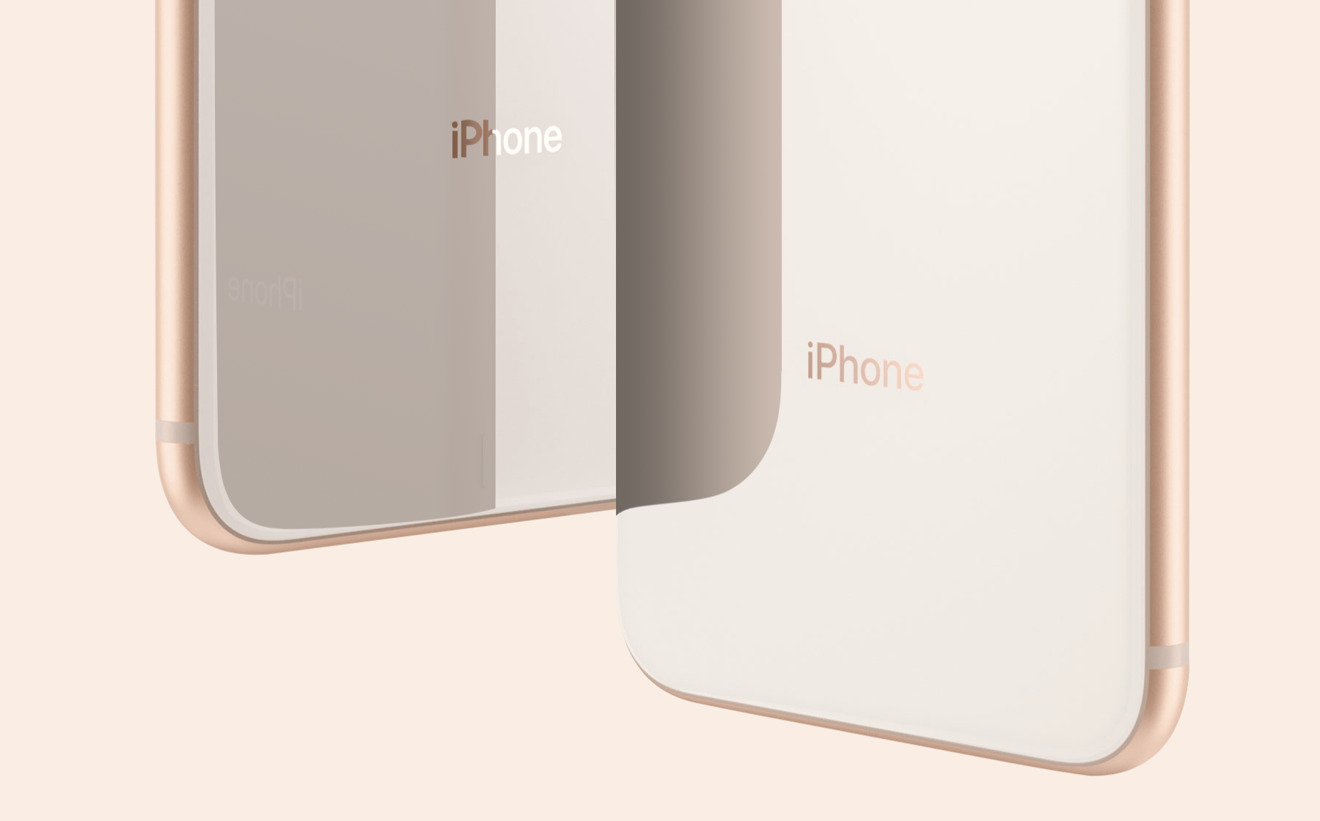 Steve Jobs, on the 1998 iMac: "The back of our computer looks better than the front of their computers!"
Steve Jobs, on the 1998 iMac: "The back of our computer looks better than the front of their computers!"More people will buy iPhone 8 this year than any other: ~100M
Each new generation of iPhone 6/6s/7 models has sold about 170 million phones in its first year. That's far ahead of any Galaxy S flagship and way beyond premium-priced handsets even when including China.
The potential market for iPhone 8 does appear to be lower this year, if only because it is competing against the even fancier iPhone X. While initial expectations have generally thought of iPhone X as selling to a small niche of early adopters, analyst Ben Bajarin of Creative Strategies reported that Apple's suppliers are gearing up to build 40-50 million iPhone X units by the end of this calendar year— close to half of the inventory Apple is expected to sell.
Apple's premium-priced Plus version has attracted a larger percentage of sales in the overall iPhone mix each year, so it's not hard to fathom that the new iPhone X could account for a solid chunk of new sales— it's not just larger, but packs a larger display into a regular size body, along with its futuristic TrueDepth sensor that unlocks all kinds of new potential.
However, iPhone 8 models appear certain to outsell the X, based on pricing alone. Further, while reviewers like to focus on the flashy and new, it's clear that the majority of users are slow to accept big changes, even when there's compelling reasons to do so and price isn't a big factor. The relatively slow (but growing) adoption of Plus models is a sign of that, as is the trailing but significant interest shown in iPhone SE, an updated classic.
iPhone 8 and 8 Plus shouldn't have any trouble finding buyers.
 Daniel Eran Dilger
Daniel Eran Dilger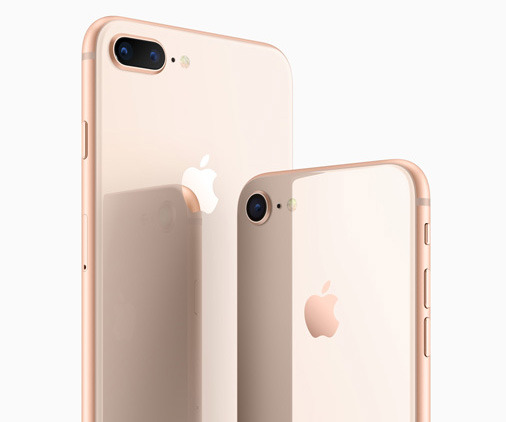


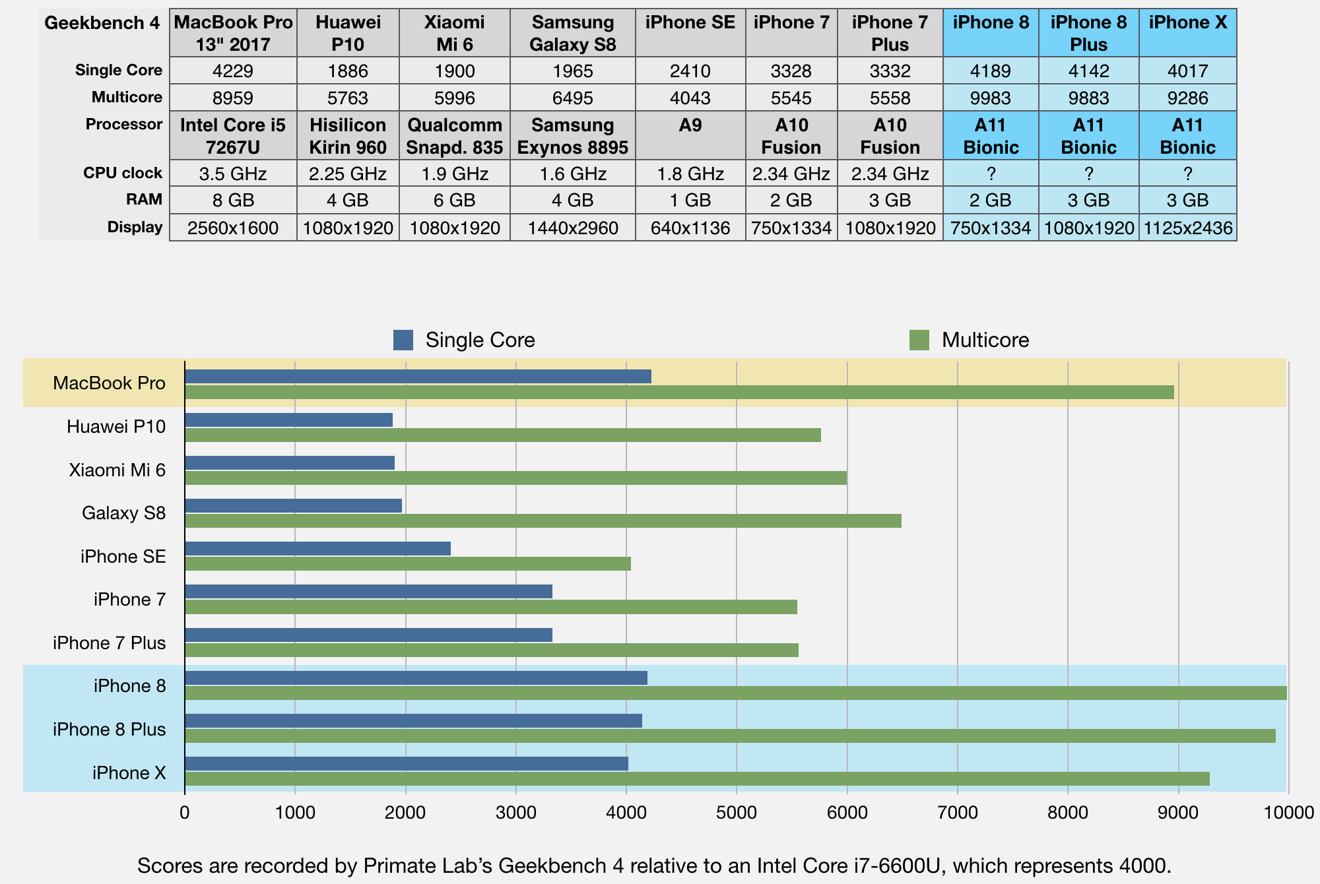


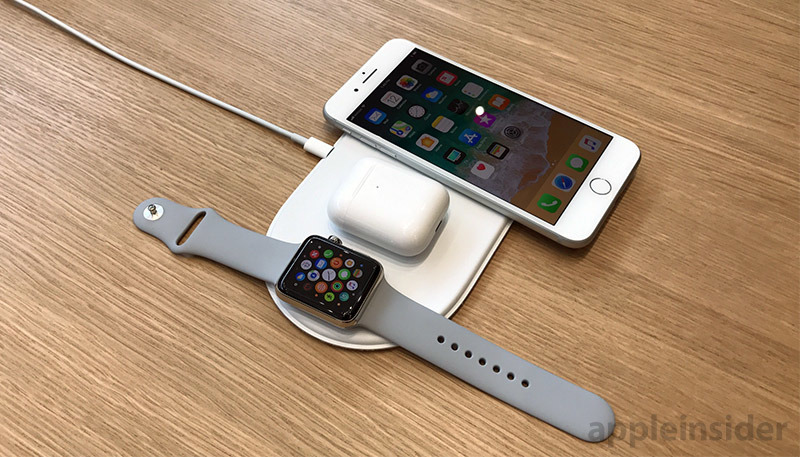
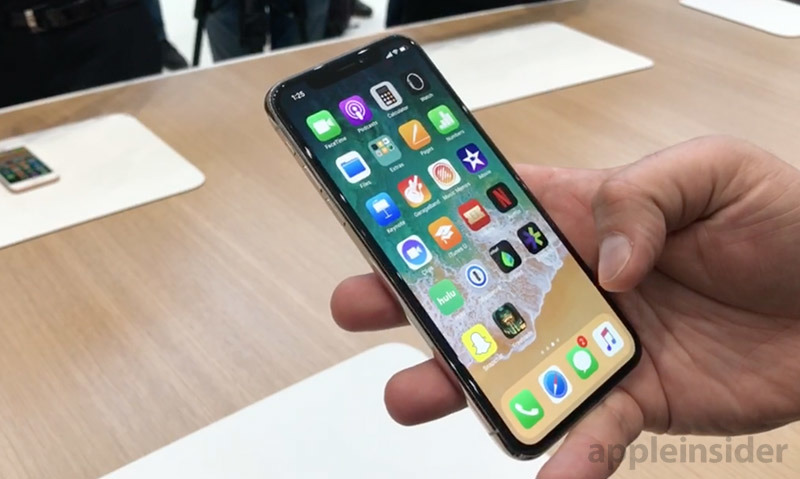
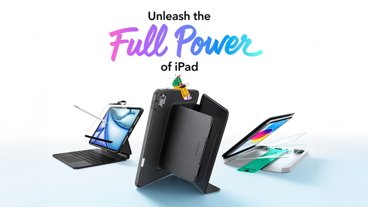
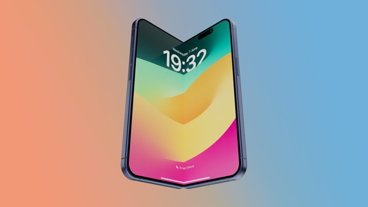
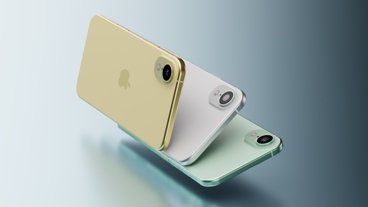
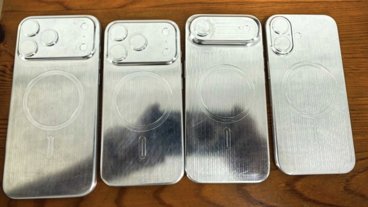
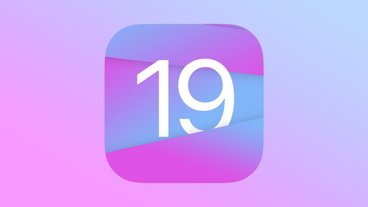
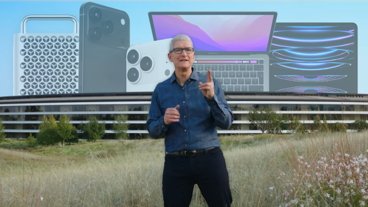

-m.jpg)





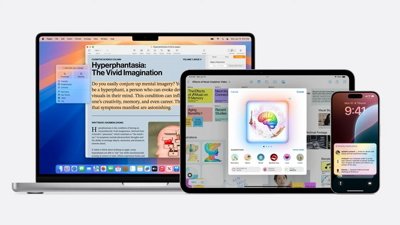
 Malcolm Owen
Malcolm Owen
 Andrew O'Hara
Andrew O'Hara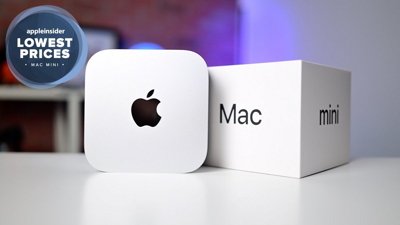
 Christine McKee
Christine McKee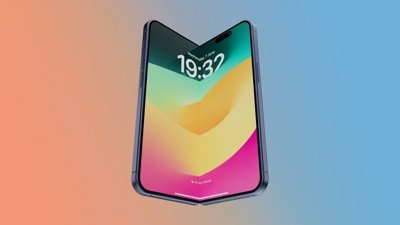
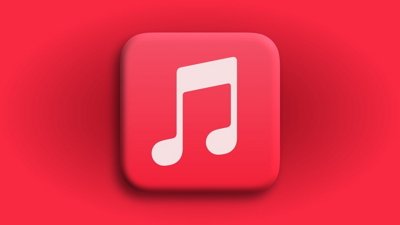
 Amber Neely
Amber Neely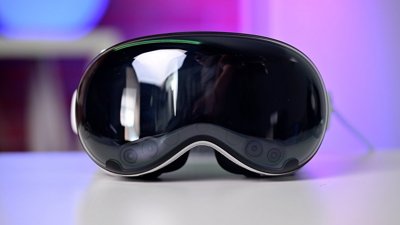
 Andrew Orr
Andrew Orr
 William Gallagher
William Gallagher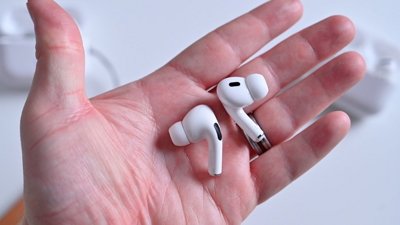









73 Comments
Some people actually prefer a bezel. I don't want my fingers to cover part of the screen while I'm using my iPhone, or that sensor notch covering part of the image when I'm using the camera. Put me down for an iPhone 8.
Any0ne who wants the latest tech but doesn’t want to spend $999+ on It.
I’m amused by the iPhone haters who think they’re bashing Apple when they talk about the “6sss,” or call the 8 the 7s. Far from being the clever insult they intend, it actually puts the focus on what’s really important—the unique features and capabilities that the iPhone provides, maximized by cutting edge silicon and tight integration of HW and SW.
Each year’s model brings sufficient improvement, overall, such that a decent percentage (10%??) upgrade yearly, and many more (40-50%?) upgrade every two years (furthered by 24 month carrier financing plans). They trust that the newer iPhones are “worth it,” even if they do look similar, and Apple keeps up their end of the bargain. (Their old iPhones are often sold or passed on to other family members, where they continue to give good service for another yep or three years.)
The willingness to purchase similar looking phones year after year also disproves the never ending, tired claims that iPhone buyers only care about showing off the latest iPhone as some kind of elitist status symbol—as if the actual product inside the case is irrelevant, as long as it’s got that Apple logo.
Who will buy the iPhone 8?
Of course existing iPhone users will buy it at first place.
iPhone 8 and 8 Plus are single-hand devices. iPhone X requires both hands and it lacks Reachability. The use of both hands is default in Android world. So Android switchers will buy the X (if they can afford the price) and existing iPhone users will buy the 8 series.
Edit:
http://appleinsider.com/articles/17/09/13/58-iphone-x-designed-for-two-handed-use-as-apple-apparently-drops-support-for-reachability